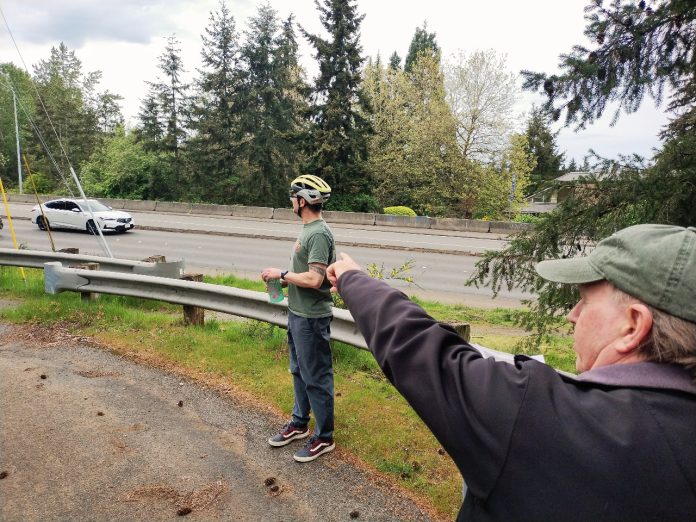
Built on the former right-of-way of the long-vanished Interurban rail line between Seattle and Everett, the Interurban Trail is a beloved fixture for both recreation and transportation trips in north King County and southern Snohomish County. With Link light rail on the cusp of reaching Snohomish County, the Interurban is about to become even more important for accessing stations, but there’s a big catch: a major gap in the trail exists due to a state highway straddling the county line between Shoreline and Edmonds. A group of advocates is trying to finally bridge that gap.
The half-mile gap includes State Route 104 (NE 205th Street/Edmonds Way), and most trail users trying to transverse it use Meridian Avenue N, which turns into 76th Avenue north of the county line. That street is fairly unpleasant for people on bikes to use, with narrow painted bike lanes on the curb that disappear near the busy intersection with 205th Street. But there are few alternatives, apart from navigating on- and off-ramps from a narrow sidewalk alongside State Route 99.
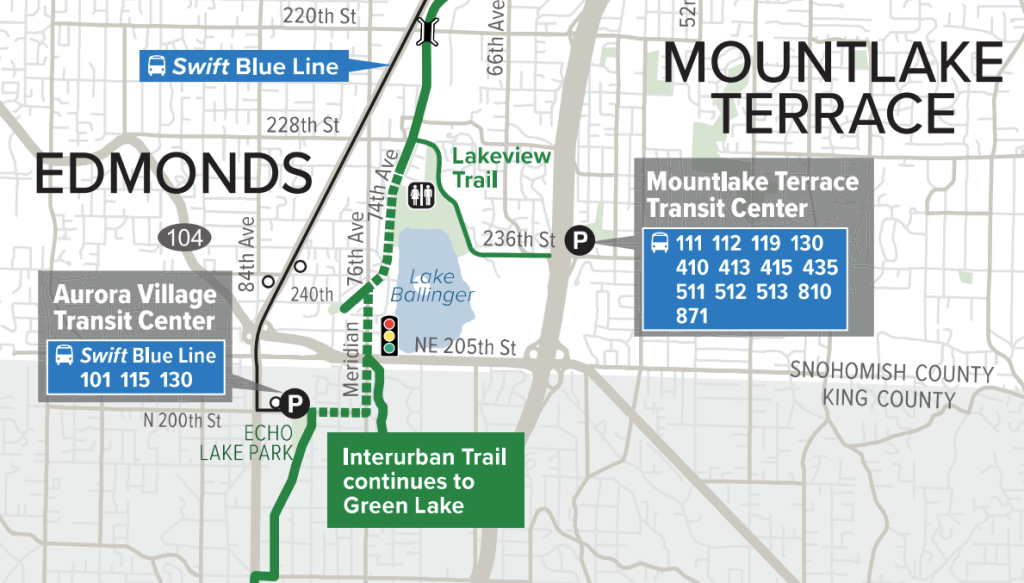
North Sound Bicycle Advocates, rebranding after 30 years as Edmonds Bicycle Advocacy Group, wants to finally fill in the gap. Recently the group has been holding walking tours to help local elected officials visualize what would be required — and the big opportunity that such a project represents. If fully connected, Shoreline residents would be able to more easily access the new light rail station in Mountlake Terrace and businesses along SR 99. Edmonds residents would have better connections to transit connections in King County like the E Line.
“We see that the Interurban trail is kind of this spine that hasn’t met its full potential, say the way that Burke-Gilman has, or even the way that Eastrail is developing on the east side,” Gordon Black, a member of the North Sound Bicycle Advocates board and an Edmonds resident, told The Urbanist. “And consequently, until we get the gap between Shoreline and Edmonds taken care of, and indeed the one further north on Maple Road, which is just to the east of Alderwood, the Interurban isn’t really going to be the regional trail that it really should be.”
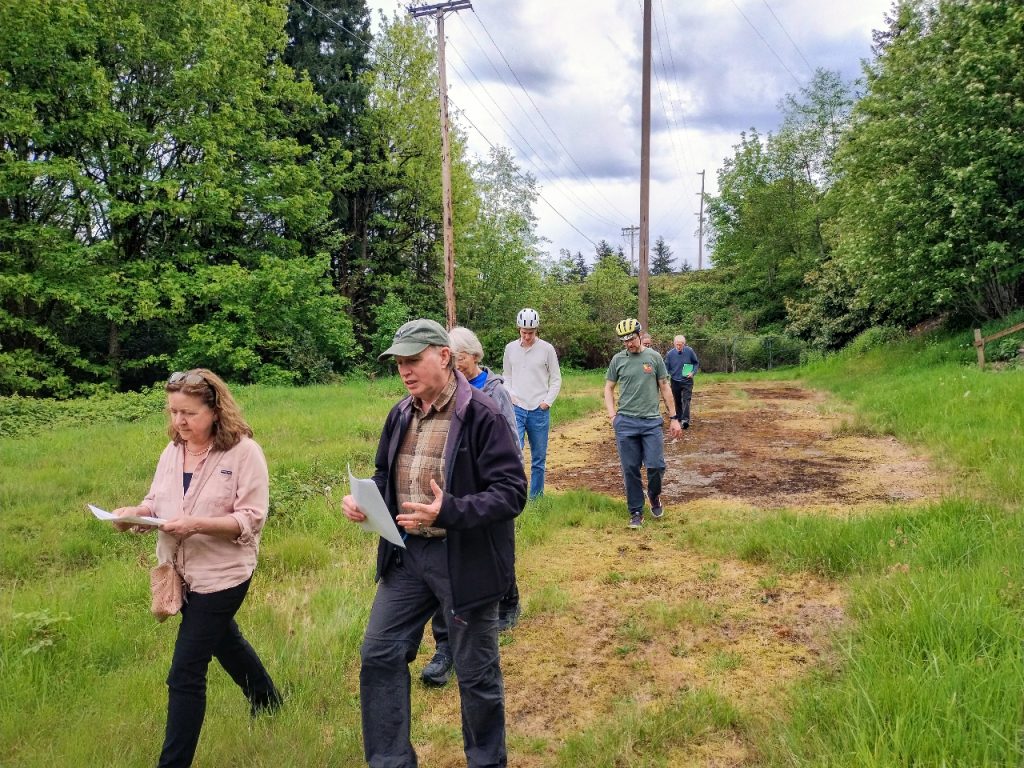
Earlier this year, the engineering consultant group Toole Design provided a high level concept that looked at what is potentially the most feasible place for a trail connection to cross SR 104. A bridge over the highway near Wallingford Avenue N only needs to be around 80 feet long to make the connection, compared to as much as 200 feet at other spots.
South of that bridge, the trail could run along the quiet neighborhood streets of Wallingford Avenue N and N 200th Street, and north of there it would run along the highway right of way and connect up to unused former Interurban right-of-way, now owned by Snohomish County Public Utility District (PUD). So far, the leadership at the PUD is on board with the idea of reconnecting the trail through there.
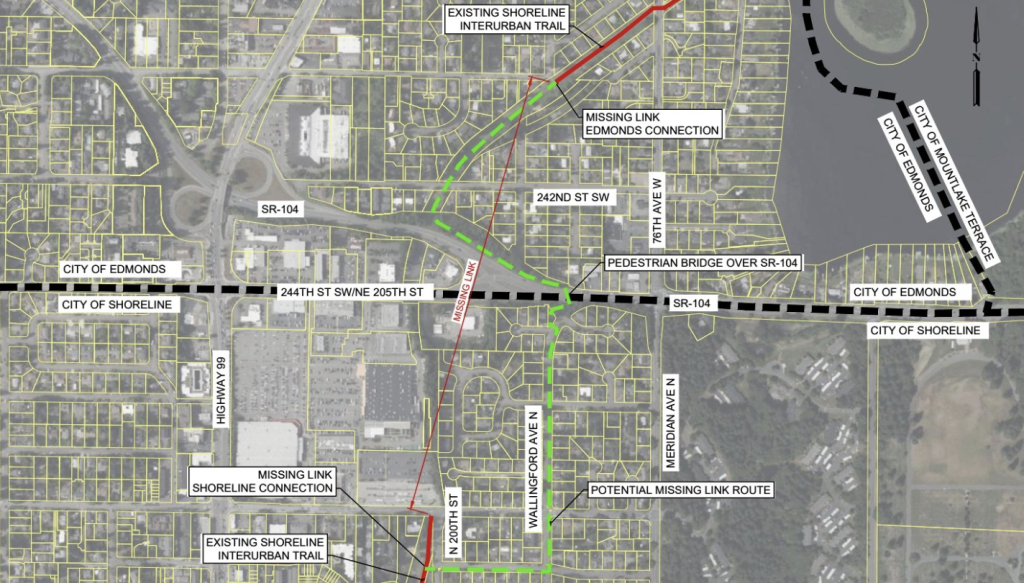
The next step is funding a full study, likely looking at this Wallingford Avenue alternative, but also several other possibilities, including a potential tunnel under the highway. Completing that study is set to cost anywhere from $150,000 to $200,000, but North Sound Bicycle Advocates has already secured commitments from both the City of Shoreline and King County, through Councilmember Rod Dembowski.
“I am optimistic, that working with our partner jurisdictions, we can reconnect this critical regional corridor,” Dembowski wrote on his official Facebook page after touring the gap with advocates in early May. Next the group is seeking similar commitments from Snohomish County and the City of Edmonds.
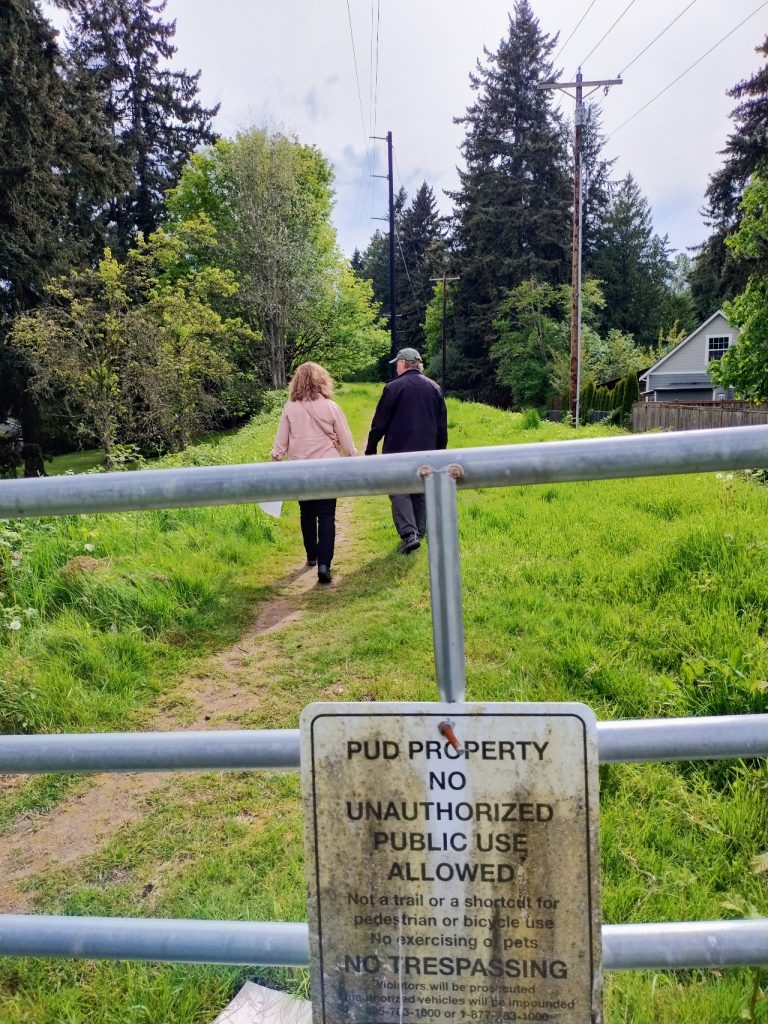
“None of the right-of-way in Edmonds is in unincorporated Snohomish County, it’s all within the boundary of the City of Edmonds. But given that part of the right-of-way further north does go through unincorporated Snohomish County, there is obviously a county interest in seeing this as a regional asset,” Black said.
Shoreline has proven itself adept at securing federal grant funding for transportation investments, with a $20 million U.S. Department of Transportation (USDOT) grant last year leading to the start of construction on a new pedestrian bridge at the forthcoming N 148th Street light rail station, which will connect directly to the station by 2026. Meanwhile, just last month, King County secured a $25 million grant to complete the last major segment of the 42-mile Eastrail in Bellevue, with a renovation of an existing steel rail bridge over I-90.
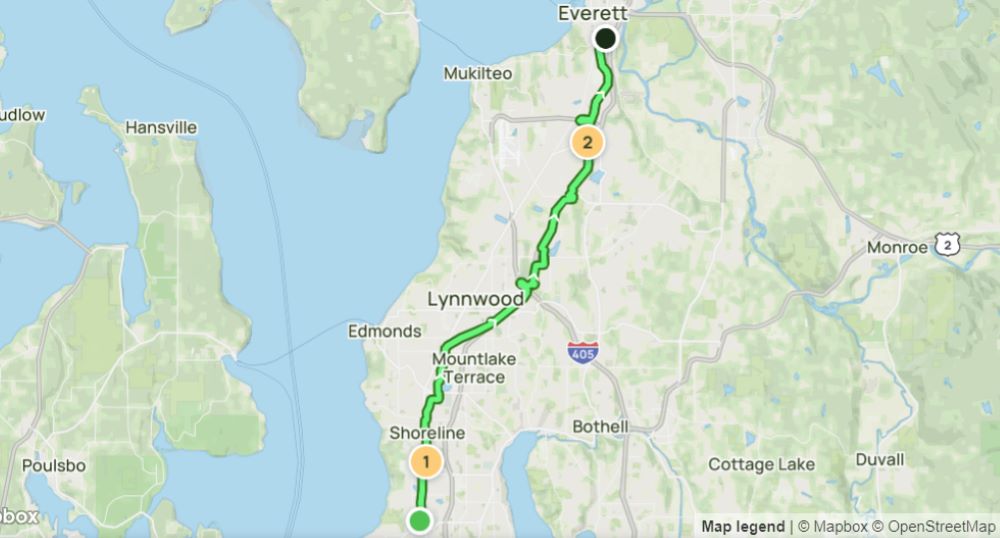
With most of the Interurban trail already open and ready to serve trail users, this project to fill in the longstanding gap likely offers some of the biggest bang-for-its-buck of any trail projects in either Snohomish or King County, and local leaders — especially those south of the county line — seem to be all-in.
If it happens, this relatively small project would have a big impact on opening up access to the bike superhighway network that would enable more people to be able to get around without a car, especially those who do not live within walking distance of the planned light rail network.
“People have definitely shown a preference for riding on segregated trails or bike paths. Burke-Gilman, Eastrail and all those trails indicate there is an appetite for safe, segregated cycling,” Black said. “And the Interurban offers part of that, but it doesn’t offer it enough.”
Ryan Packer has been writing for The Urbanist since 2015, and currently reports full-time as Contributing Editor. Their beats are transportation, land use, public space, traffic safety, and obscure community meetings. Packer has also reported for other regional outlets including BikePortland, Seattle Met, and PubliCola. They live in the Capitol Hill neighborhood of Seattle.

